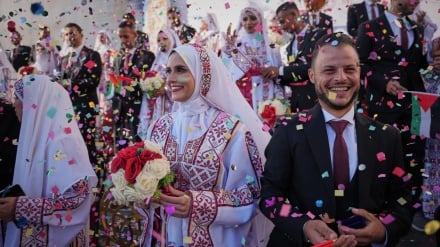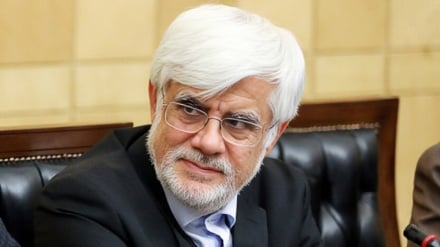Nowruz and Cultural Bond (1)
Nowruz is an ancient feast with many usages. One of these usages is its role in cultural consistency. In a two-part program, we are going to review the role of Nowruz in creating of a bond among those nations who live in the vast land of Iranian Plateau.
For the first time, Nowruz was registered on September 30, 2009 by UNESCO. Then on March 27, 2010, presidents of Iran, Tajikistan, Turkmenistan, Afghanistan and Iraq, Deputy Prime Minister of Turkey and Foreign Minister of Azerbaijan Republic converged at Sa'ad Abad palace in Tehran to mark the first international feast of Nowruz. Thus, Nowruz dating back to over 3000 years, was registered as the spiritual legacy of humanity and March 21, corresponding with the Iranian New Year, was marked as the World Nowruz Day by the UN General Assembly. March 2-7, 2015, the Islamic Republic of Iran hosted these 6 countries and 5 new members who had requested to join Nowruz file. Thus, in the final days of 2016, Nowruz was internationally registered with the request of 12 countries; Iran, Kyrgyzstan, Iraq, Azerbaijan, Tajikistan, Afghanistan, Pakistan, Georgia, India, Kazakhstan, Uzbekistan and Turkey. Nowruz is worthy of note internally and globally.
Nowruz is an emissary of a rich culture with great intellectual and ideological background. The Iranian culture is a set of behavioral, psychological and intellectual features of the people who are related to this land. The Iranian culture has gone through numerous vicissitudes and grown to a dynamic and durable reality. Nowruz symbolizes the Iranian culture at its entirety. National feasts and events are good factors for cultural link of individuals.
Nowruz is the most ancient and greatest national feast. Validating deep-rooted traditions of a nation and renovation of a set of cultural actions and rituals play a significant role in sublimation of cultural consistency in a society. Nowruz is one of the most effective collective actions which preserves cultural values.
Iran is one of the most variegated countries in terms of culture and ethnicity. There are more than 200 ethnicities and subcultures in Iran. All these ethnicities have been living together for several thousand years with peace and love. All of them celebrate Nowruz. Nowruz is the link among them. Nowruz customs remain almost the same despite the passage of three millennia.
Many books have been written on the customs that are held on Nowruz and before that. Tarikh-e Bukhara (History of Bukhara) is one of these books. Among the writers who have adequately dealt with Nowruz mention can be made of Abu Rayhan Biruni and Khayyam Neishaburi. These books and historical evidence show that Nowruz feast covering an area of approximately 10 million square kilometers.
It is said that Nowruz was the day when King Jamshid was seated on the throne. Great Iranian poet, Ferdowsi, has referred to this account in his magnum opus Shahnameh. This is a mythical story. As it is said myths are aimed at leading humans to a stage of ideal thoughts. Nowruz is a common myth of all ethnicities living in the Iranian Plateau.
Iranians always wished the best for their fellow humans during Nowruz celebrations. This creates mental closeness and emotional amity among ethnicities and subcultures. Thus, Nowruz is a factor behind cultural bond of Iranians which has created national identity for them. Iranians from every language, dialect, culture, and differences of thought mark this feast and consider it as the factor of durability and vividness. When Iranians perform almost the same customs on the same day and moments they demonstrate a collective and monolithic phenomenon.
RM/ME


